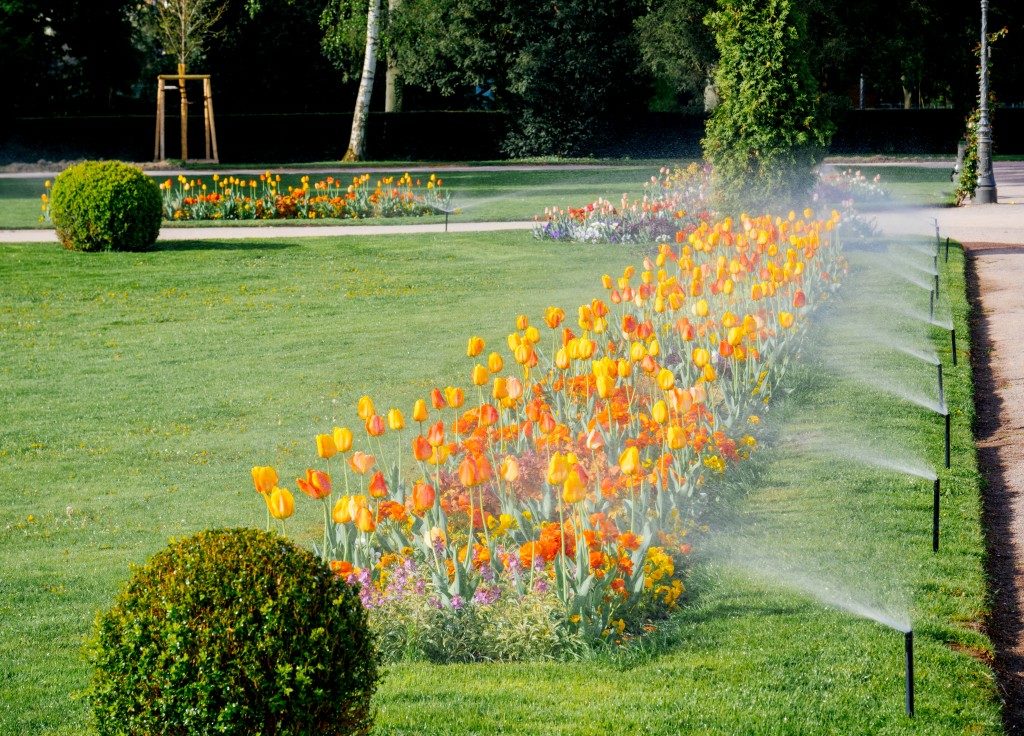There are several features and factors that influence landscape planning, design, and maintenance for both commercial and residential properties. Depending on the economy, property managers may change their landscape to reflect new and creative ideas. Commercial landscape maintenance can help lawn areas achieve functionality and aesthetic attractiveness.
Landscape Design
Today, commercial landscapes are spaces for living, working, and playing. Design architects often give great attention to the form and function involved in creating an improved outdoor experience. For instance, office landscapes usually include walking and bicycle paths, dining areas, and gardens. Other areas of a landscape may be filled with well-maintained lawns, plants, and other design elements.
Climate Resistant Landscape
There are landscape enhancements that allow a particular green space to better be able to withstand unpredictable weather patterns. They allow a space to be enjoyed and frequented even on unseasonably cool or warm days. For example, the use of retractable canopies protects outdoor spaces against unexpected wind, rain, and snow. Outdoor heaters and hardy landscape materials can be used to further manage fluctuations in temperature.
Water Management and Conservation
Sustainability in landscaping is more than just a trend. Landscape creation and maintenance has put greater emphasis on water management and conservation. These include eco-friendly watering practices, smarter irrigation technology, and better landscape planning.
One way to reduce water use is to incorporate drought-tolerant plants and grasses native to the area into a landscape. These plants adapt better to the climate of the region and require less water to survive. Xeriscaping involves landscape design and planning for plants that don’t need as much water.

Greater focus on a low-maintenance landscape may have to do with the lack of time many gardeners face, as well as increased awareness and desire to engage in environmentally friendly practices.
Equipment and Technology
The availability of advanced tools and equipment in the landscaping industry also improves ease of use and storage. Lawn mowers, leaf blowers, and other lawn equipment now emit lower emissions, are battery-powered, and are much quieter than they used to be.
Technology like 3D models, drones, and aerial photography also exist for property managers to manage their landscapes remotely. Mobile applications are being developed with the ability to identify different insects and plants and to help manage other gardening and maintenance concerns.
With the increased reliance on computers and smartphones, lawn care and maintenance becomes much more efficient and reduces the need for manual labor and paperwork.
Colors and Patterns
Some lawns include simple and elegant features. Green spaces are highlighted without much contrast. However, many other lawns include greater amounts of color and patterns. For example, green landscapes are accented with purple flowers like violets, verbena, and iris. Patterned plants with intricate details like striped leaves and brightly colored veins make an overall landscape more attractive and more appealing.
Landscape planning, design, and maintenance reflect broader lifestyle choices and preferences. They have seen much change over the years, demonstrating how outdoor living trends have evolved and come a long way.



